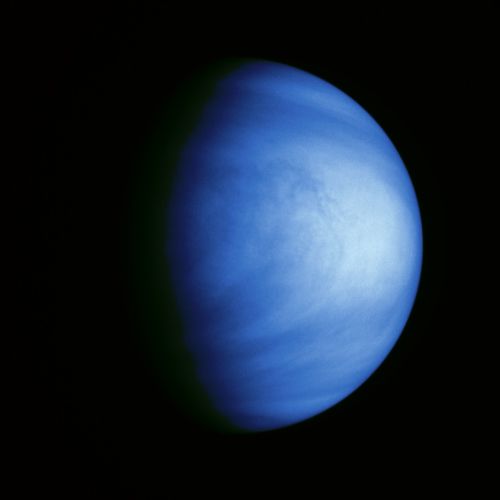
In the charles cockell Youtube Could aliens be made of gas?, his main question is how aliens living as clouds could evolve. A commenter asked “How do you suppose an intelligent cloud remains as an individual? How would it have the equivalent of a skin or membrane to contain its entity?” and I replied “It could be a hive entity consisting of organisms small and light enough to float, sized on the order of dust. ” This post is to elaborate.
I envision alien organisms that are not clouds themselves but rather particles floating in the atmosphere among the clouds. An individual organism would be sized on the order of a spec of dust, light enough to remain airborne its entire life.
Left to its own devices the organism would have no means of navigation. It would simply move randomly. However, when it encountered another particle of the same organism it would attach to it. Over time these clumps would grow like coral reefs.
The attached organisms would amount to a hive. The skin or membrane at their surface would be the outward-facing sides of hive members on the outside of the clump. When the clump was too large to stay afloat it would shed members.
The hive could evolve in the same way as ants or bees, via a single queen-progenitor. From time to time the hive would birth and expel a new queen.
A new baby would be born within the hive and would spend most of its life there.
Rival hives would compete for food, and when they met by accident might have violent conflict.
Although a single organism would have no way to steer its flight, the hive might be able to use its shape to influence direction. It might be able to smell food, then reshape itself to glide towards the food.
A lifeform like this could already exist on Venus.
Planetary scientist David Grinspoon, astrobiology curator at the Denver Museum of Nature and Science, points out that high in the Venusian atmosphere temperatures are refreshingly tolerable. Atmospheric sulfur dioxide and carbon monoxide might serve as food for floating microbes.
https://www.space.com/15716-alien-life-search-solar-system.html

Macroscopic unicellular life, such as Valonia ventricosa, tend to have many organelles of same types, with plural nucleuses. Not exactly a colony, not exactly a singular life form.
Perhaps we are liquid by nature, but at sufficient atmospheric densities (Venus) couldn’t a relatively gaseous being take on characteristics of liquid ones?
What holds together gaseous species? Jellyfish are colonies held together by membranes. Membranes and structures are formed by many kinds of bonds, from static electrons to magnetic through to valences forming crystalline structures. Countless possibilities there.
How did life on this planet evolve into independent entities?
How did life gain selfness such that it fights to eat, to reproduce, to survive?
Why RNA/DNA?
The flipside to any of these questions is that life may have taken the other route, and natural selection left us with what we have now.
See also: The Integral Trees (Niven), about life in a gas torus encircling a neutron star. Not a great novel, but in the neighborhood.
Dolphins using bubbles as a wall:
This is really nicely said: “Membranes and structures are formed by many kinds of bonds, from static electrons to magnetic through to valences forming crystalline structures. Countless possibilities there.”
If there was one superlight life form, there would be lots. So there could be something simple useable as a membrane enclosing a different thing within the membrane.